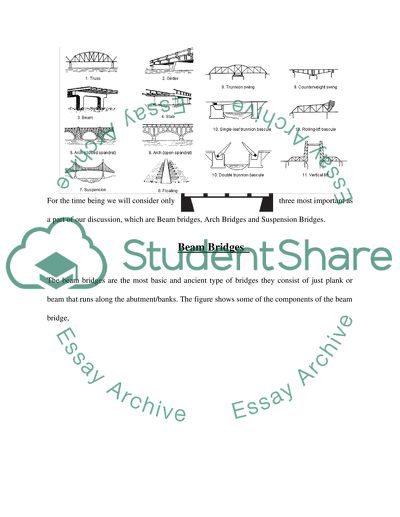Cite this document
(“Superstructure / Civil Engineering Essay Example | Topics and Well Written Essays - 2500 words”, n.d.)
Retrieved from https://studentshare.org/environmental-studies/1416876-superstructure-civil-engineering
Retrieved from https://studentshare.org/environmental-studies/1416876-superstructure-civil-engineering
(Superstructure / Civil Engineering Essay Example | Topics and Well Written Essays - 2500 Words)
https://studentshare.org/environmental-studies/1416876-superstructure-civil-engineering.
https://studentshare.org/environmental-studies/1416876-superstructure-civil-engineering.
“Superstructure / Civil Engineering Essay Example | Topics and Well Written Essays - 2500 Words”, n.d. https://studentshare.org/environmental-studies/1416876-superstructure-civil-engineering.


